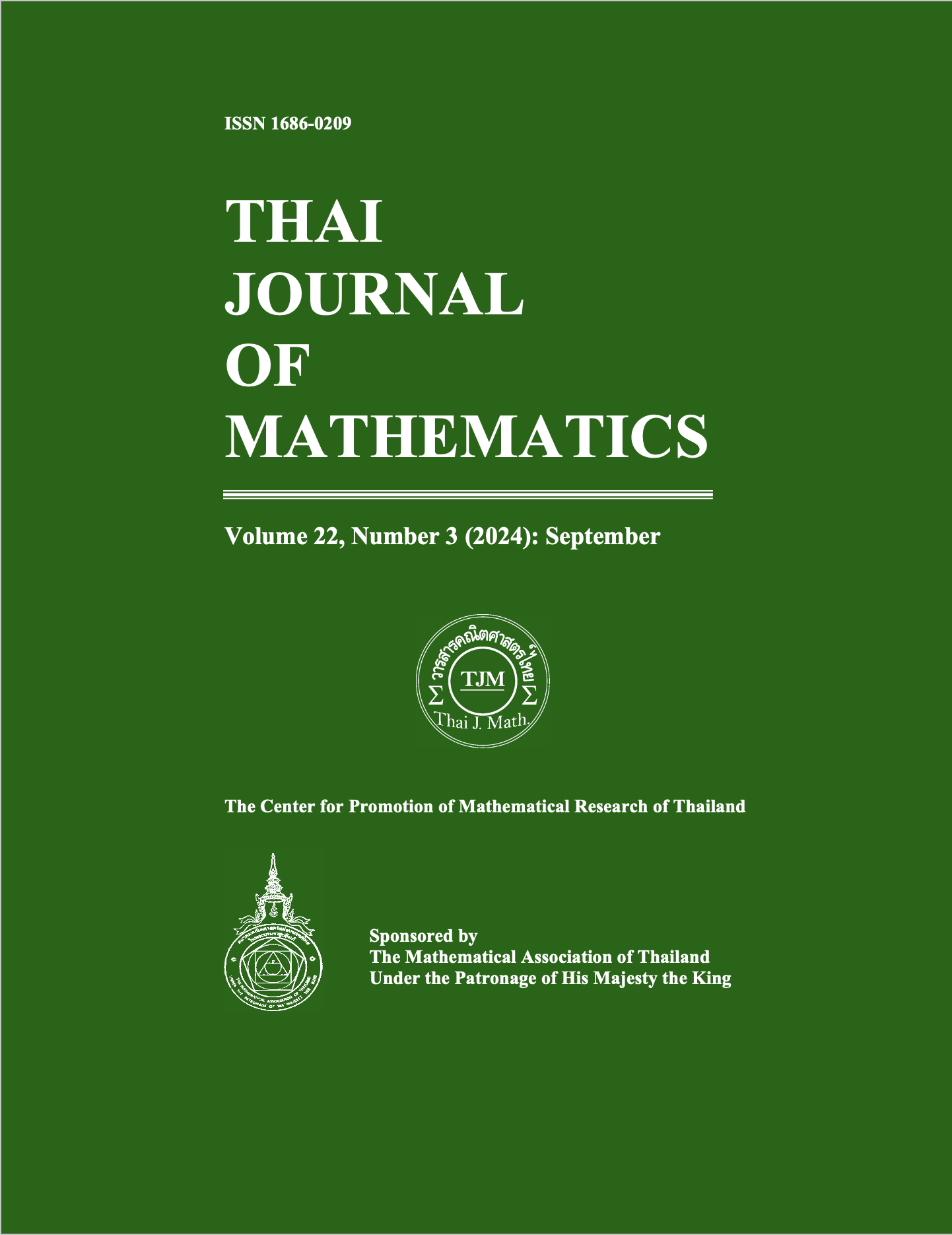Vaccine Effectiveness Impact on the COVID-19 Dynamics Spread Outbreak Using Improved SEIR Mathematical Epidemic Model
Keywords:
COVID-19, SEIR epidemic model, Runge-Kutta, numerical simulation, vaccine effectivenessAbstract
The second wave of the COVID-19 outbreak in Surabaya resulted in significant casualties and losses across a range of sectors. The epidemic mathematical model is used as a mitigation strategy in controlling the spread of the COVID-19 infection outbreak, through the provision of control in the form of vaccination to the community. The objective of this study is to ascertain the impact of the efficacy of the COVID-19 vaccine through the utilization of the enhanced SEIR mathematical epidemic model. The COVID-19 data from Surabaya is employed as a case study, as this region of Indonesia has a significant impact on mortality rates. The model used has unstable characteristics at the disease-free equilibrium xi_0 = (10790.5498, 0, 0, 0), however, this model is stable at the endemic equilibrium point xi_1 = (1100.7897, 1.9526, 0.4642, 36.9607). It is known from the basic reproduction numbers R_0 = 9.79, It is predicted that the outbreak will stop the epidemic on February 20, 2024. The government has taken control efforts by providing vaccines to the public. The simulation results with the addition of vaccine parameters produce the basic reproduction numbers with controlled treatment R_t < 5 The outbreak stopped 533-592 days earlier. The simulation results from the model used have errors in the range of 16% to 40%.





